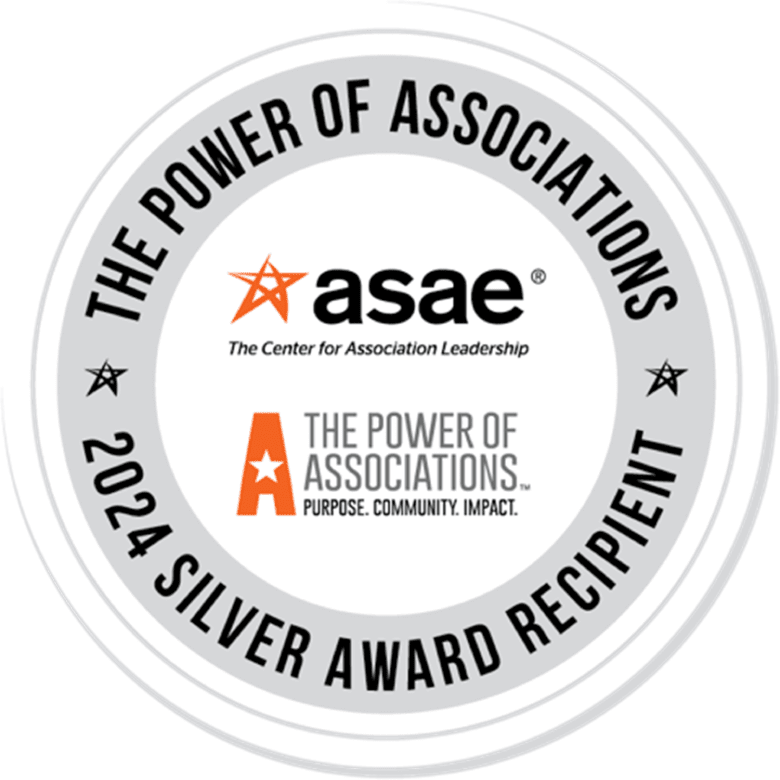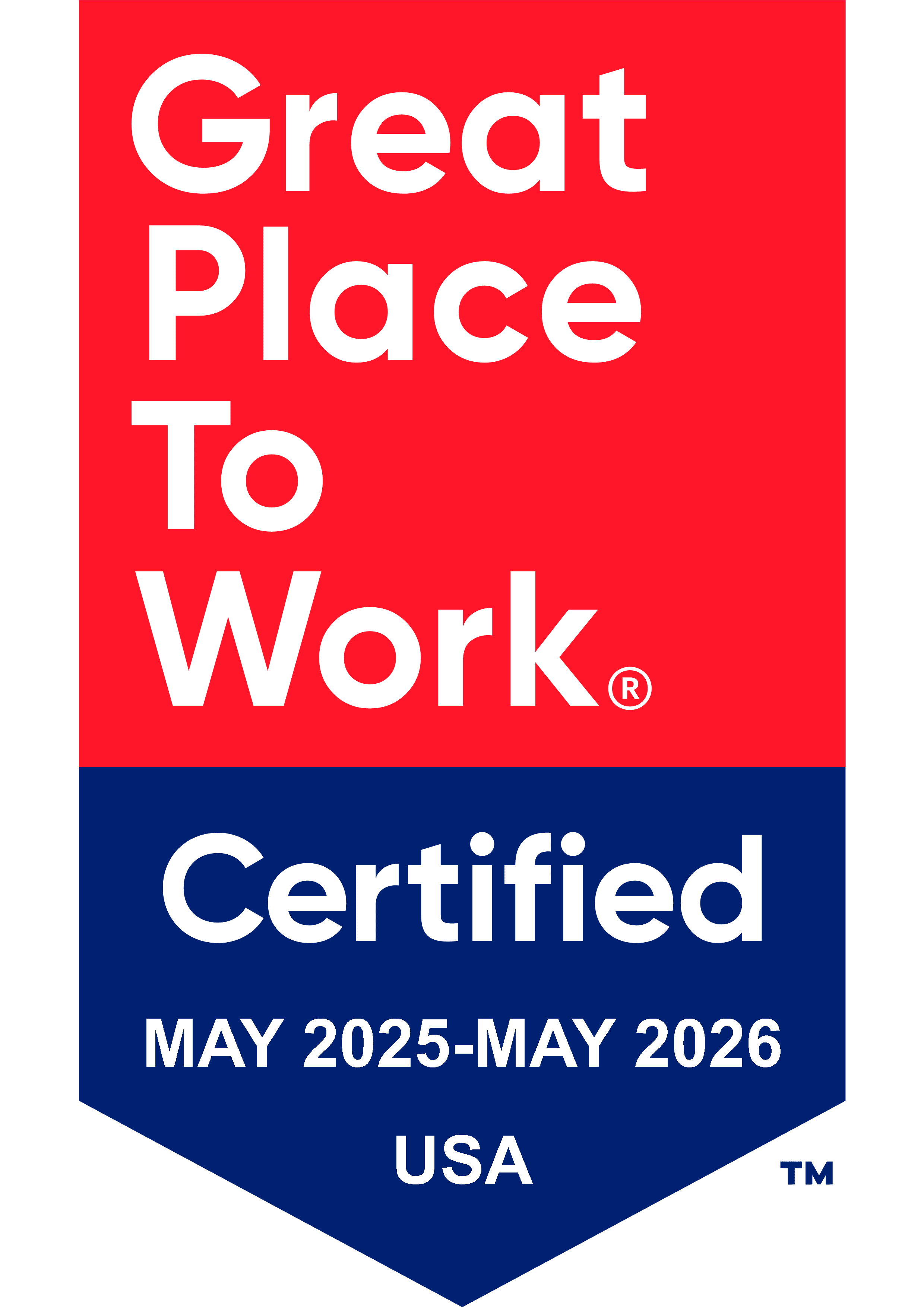
Tell me about your community and the communities that your coalition serves – its population and unique features. When was the coalition formed?
Partners in Prevention is in Plymouth, Minnesota. Plymouth is in the western suburbs of Minneapolis and St. Paul, about a half hour from downtown. The coalition serves one of the largest school districts in the state, with about 12,000 students, including Wayzata High School, which is the largest in Minnesota. Plymouth was named Money Magazine’s best place to live in 2008, and it is a very affluent area. Partners in Prevention has evolved quite a bit over the last decade but started in the 1980s.
What unique issues is your coalition facing?
“Affluence and a wealth of resources serve as a double-edged sword in our community,” said Coalition Director Alison Wobschall. “The presence of both allows our teens a higher than average discretionary spending allowance. Teens in our community often have a lot of freedom, privacy and time away from heavy parental monitoring, which can all be risk factors for unhealthy decision making. We are grateful for the resources our community has, but sometimes it provides a unique challenge for the coalition.”
What activity or program is your coalition most proud of and / or what activity would you like us to spotlight?
“We are most proud of the campaign we created to address the emerging trend of vaping that swept through our community,” said Wobschall. “It is a comprehensive approach, addressing both student and parent education, school staff awareness and training, community-wide awareness, and school response/judicial processes. It is truly a symbol of our evolution as a coalition and all our training coming together over the last six years. We have combined best practice approaches to consider all angles of the issue.”
How did you get there, and what are your outcomes?
“We got to this point because of years of laying a solid foundation, gathering key stakeholders, being strategic in our direction, furthering our education/training, using data to drive our initiatives and working together,” said Wobschall. “We’ve reached the point where we are able to apply what we’ve learned and integrate it into the system we are in, creating a longer-lasting and wider change.”
What advice would you give to other coalitions that may be addressing some of the same issues?
“Use your resources,” said Wobschall. “We finally hit the sweet spot as a coalition where our community readiness matched our capacity, so we got to design and implement the campaign ourselves. We haven’t always been at this point. We had to exercise a lot of patience and foster a lot of important relationships. I would suggest trying not to rush the process but rather, taking the time necessary to pull together all people and resources to create a comprehensive approach instead of piecing parts together.”
Feel free to add anything else that you think is important for other coalitions to know about your progress, journey etc.
“We spent a lot of time and effort combining resources and consolidating different materials that we felt addressed vaping through the lens we wanted and in the comprehensive way we thought was necessary,” said Wobschall. “We are so proud that communities across the state have asked to use our materials and share our brand. It is truly a joy connecting with others working towards making their communities healthier. We are so lucky to be doing this work!”

